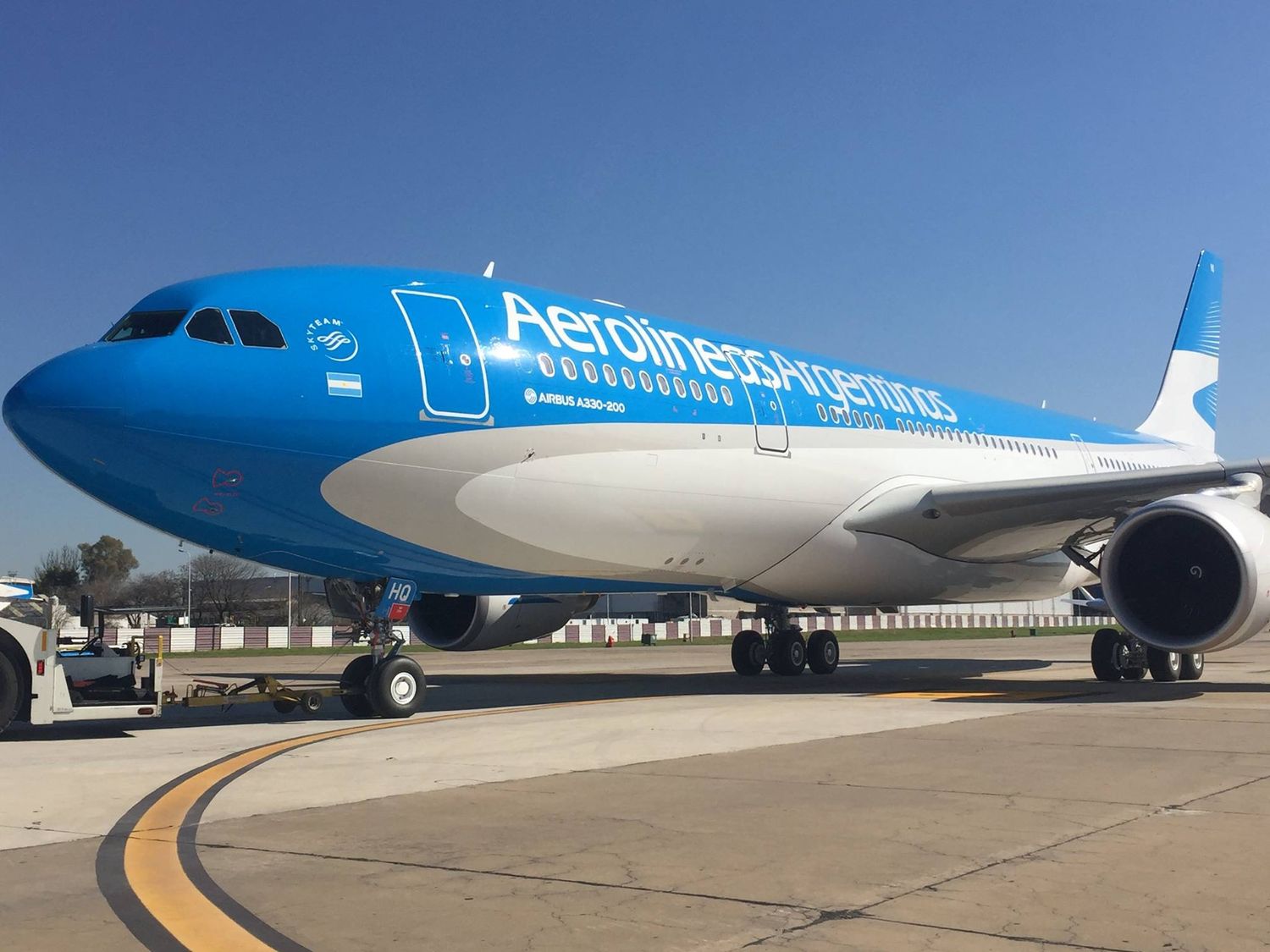Venezuela restricts airspace to Argentine aircraft: The Jumbo vengeance
Following a directive from the Venezuelan government that orders airspace restriction to Argentine-registered aircraft, it is essential to provide context and understand what this means.
The Context: Iran, the United States, and a Confiscated Boeing 747
It’s unavoidable to start analyzing the situation without referring to the confiscation of the Emtrasur Boeing 747-300M, the cargo arm of the Venezuelan state airline Conviasa, which was first retained in Argentina and then handed over to US authorities.
Boeing 747 Confiscation in Argentina: Airline Condemns Act as Theft of Legitimate Property
The plane’s origin (the state airline of Iran, Mahan Air), the triangulation for the sale of the aircraft to Venezuela with the explicit intention of avoiding sanctions imposed by OFAC, and certain sloppiness in drafting the crew manifest, including Iranian citizens with direct links to organizations supporting terrorist groups, were the elements that immobilized the Jumbo at Ezeiza and led to its confiscation and dismantling in the United States.
Maduro’s government vehemently protested the retention and confiscation, declaring that such a judicial measure would be considered an «act of hostility» by the Venezuelan state and that Argentina was complicit in the theft of legitimate property.
Boeing 747 Confiscation in Argentina: Airline Condemns Act as Theft of Legitimate Property
The Measure: More Fuel, More Flight Time, More Costs
While the First Freedom of the Air is guaranteed and ratified by Venezuela through various agreements (and its membership in the ICAO Council), from a legal standpoint, the Venezuelan government has full authority to restrict the right of overflight to whoever it deems appropriate.
The measure prevents Argentine-registered aircraft (initially affecting commercial aircraft with LV registration) from crossing Venezuelan jurisdictional airspace to complete their scheduled flights.
In case of emergency, could an Argentine plane land on Venezuelan territory? Yes: if it declares an emergency, air traffic control systems must assist until the situation is cleared.
Once the emergency is resolved, diplomatic conflict situations may arise during the departure of passengers, crew, and the aircraft itself.
Regarding flights, route modification is considered in any schedule, whether for political or technical reasons: besides the common weather-related route changes, European airlines had to modify their flight plans to Asia to avoid Russian airspace. Qatar Airways had to respond to the closure of Saudi airspace by changing its routes and, in some cases, even changing planes.
On routes of Aerolíneas Argentinas – the only LV registration operator that usually crosses Venezuelan airspace – affected by the measure, a «detour» around the area is expected, adding flight time and fuel consumption.
The Argentine company’s Airbus A330-200s flying to New York and Punta Cana are already making these detours and, for various reasons, have done so before.
The Consequences
In essence, beyond the logical increase in costs and flight time, the restriction of airspace is an escalation in the series of protests that Venezuela has been carrying out following the confiscation of the Emtrasur Boeing 747.
Added to the ideological distance manifest between the governments of Javier Milei and Nicolás Maduro, the Venezuelan decision is an additional step in a bilateral relationship that tends to get muddied: a diplomatic response from the Argentine Foreign Ministry and the exchange of notes, or the call to consult foreign relations officials are also within the range of measures that can be taken.
The already complex relationship between Venezuela and Argentina has an additional element. It remains to be seen how it will be resolved.


Para comentar, debés estar registradoPor favor, iniciá sesión